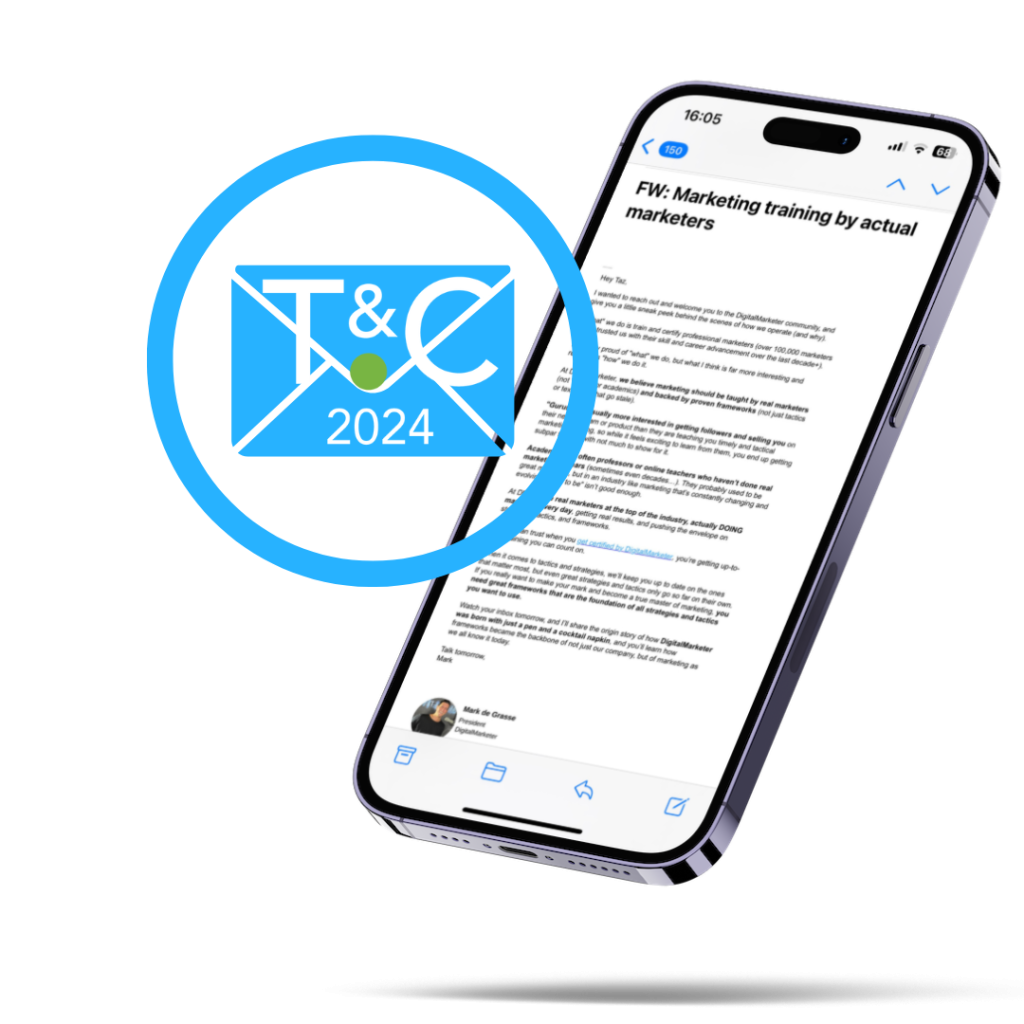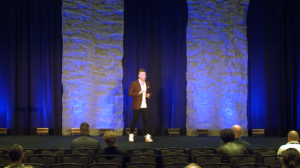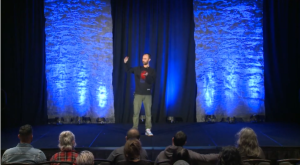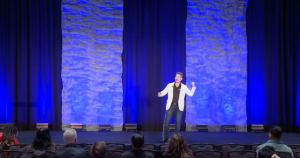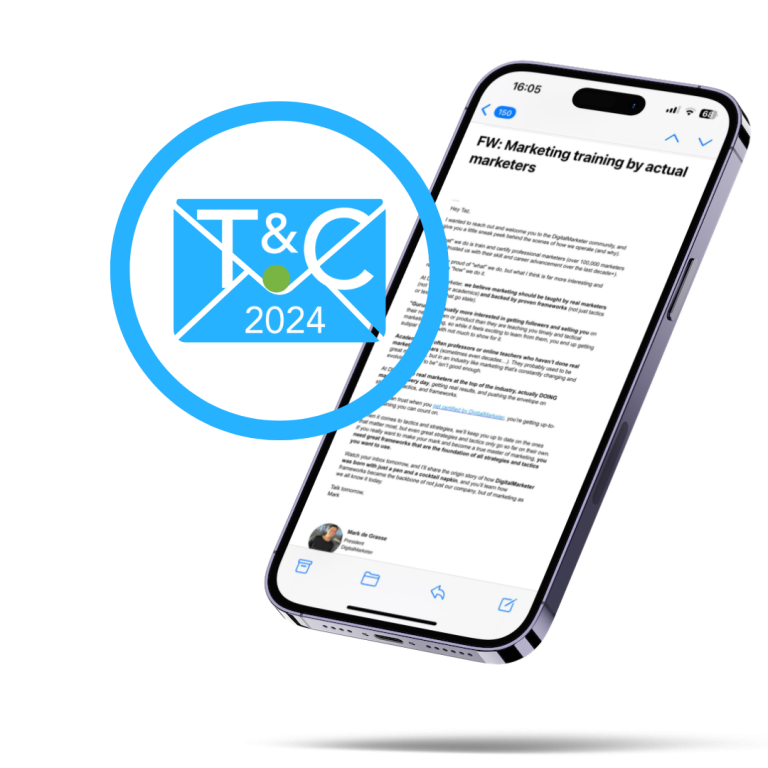If you were making a list of all the ways to generate not only interest but also passion among your target audience, email marketing would undoubtedly be right at the top.
According to one recent study, email continues to deliver an incredibly strong return on investment–this despite the fact that literally billions are sent into inboxes around the world on a daily basis.
For every $1 you spend on email marketing, for example, you can expect to enjoy an average return on investment of about $32.
Not only that, but about 81% of small businesses, in particular, say that email marketing is not only their primary customer acquisition channel, but a further 80% rely on it heavily for the purposes of retention, too.
But at the same time, that same study revealed that the number of emails sent on a daily basis is expected to increase to over 333 billion by as soon as 2022. The vast majority of those will be marketing-based, meaning that for as difficult as it already is to stand out in a crowd, your job is only going to get harder as time goes on.
So how do you instantly write emails that will have your list not only clicking, but also buying, and drooling at absolutely every word you type over your keyboard?
It’s simple–you just need to become a true Inbox HERO in every sense of the term.
Thankfully, getting to this point isn’t going to be nearly as difficult as you might be fearing. To leverage email as the rock solid foundation upon which your future relationship with your target audience will be built, you just need to keep a few key things in mind along the way.
The Key to Becoming a True Inbox HERO: Breaking Things Down
One of the most important things to understand about email in general is that it’s a far more emotional and intimate experience than a lot of marketers tend to give it credit for.
For example, did you know that a significant portion of people check their emails from bed on a regular basis? A lot of this is attributed to the fact that, more and more, people pick up their phones and check their emails within just a few minutes of waking up in the morning.
Not only that, but remember that people also carry their smartphones around with them all day, every day. This means that you have a direct line of communication with them while they’re having their morning coffee, while they’re stuck in traffic on their morning commute, when they get home at night after a hard day at work and at every point in between.
Because of this, the number one thing you can do to become a true Inbox HERO and start enjoying the results you want for yourself is to make every email an EFAB–or, to put it another way, an “email from a bestie.”
It doesn’t actually matter what you call it–every email you send needs to show the real YOU. This means that not only should you be using deeper levels of personalization to get someone’s attention in the first place (forget about all of those general emails that begin with “Dear Sir or Madame”), but you also want to use every last word to show off as much of your own personality as you can.
Don’t let yourself forget that you cannot necessarily control what other people think of you. What you do have total control over, however, is what people see of you.
Therefore, you need to use emails to showcase your personality and become the type of person that your target audience members want to have a conversation with in the first place.
If you do that, you’ll be able to show that you’re more than just another brand trying to get your fingers into someone’s wallet–you’re someone worth establishing a relationship with in the truest sense of the term.
Write to one person instead of many. Don’t be afraid to get conversational–meaning use apostrophes and contractions. All of these techniques will help your messaging seem like you’re not a business, but the true friend that you already see yourself as.
Don’t Give People an Excuse to Send Your Message Into the Trash
One of the problems that a lot of marketers tend to run into is that they craft email messages that make it absolutely clear that they’re writing from the perspective of a business in the first place.
The classic example of this would be a subject line that is akin to: “this problem is keeping me up at night [COMPANY NAME HERE]”.
Now, there are a few problems with this. For starters, quickly identifying that you understand a problem or pain point that a customer is experiencing is actually a good way to go. But by immediately calling out your business name, you make it clear that the message itself is marketing collateral–meaning that you’re undoing all of that good will you just created.
This, of course, is all happening in the subject line–before someone has decided whether or not they’re going to open the email in the first place. At that point, they probably won’t, and your message is destined for the virtual trash can.
Instead, consider the effectiveness of a subject line like this: “this problem is keeping me up at night.”
It’s absolutely a small change, but a critical one. Again, it makes your message seem like it’s coming from a single person who cares, rather than a cold and calculated brand. Likewise, it still allows you to immediately empathize with someone in a way that makes them more likely to open the message, not less.
To put it another way, don’t forget that every last portion of your email message needs to convey that this is more than just a traditional marketing message–and the subject line is probably the most powerful tool you have to that end.
The vast majority of all people WILL determine whether or not to open that message based on the subject line alone and if you ignore that, your open rate won’t be nearly what you expected it to be–to say nothing of how low your eventual response rate will be.
Don’t Give Away the Whole Story in Your Subject Line
Speaking of subject lines, you must understand that one of the goals of this critical element of your email messages is to entice people to open and read the rest of your text. You can’t do that if you essentially give the game away at the top of the experience you’re trying to create for someone.
Consider a subject line like this: “why bananas have the most potassium.” If someone cared about what fruit had the most potassium, they probably don’t care why. But more than that, you’ve already told them that bananas have the most potassium. At that point, they’re probably satisfied–and they have very little incentive to open the email and read the rest of your message.
If you make a change to something like this, however, suddenly it’s an entirely new experience: “what’s cheap, delicious, and stops leg cramps?”
Suddenly, you’re hinting at the information that the first subject line gave away entirely: that bananas have the most potassium out of any other fruit.
By asking a question, you’re piquing someone’s interest–if they want to know the answer, they have to open the message to find out. Once they’ve opened the message, you can let the rest of your text do the talking–thus making it more likely that someone actually gets to the end and is compelled to take your desired next step.
Along the same lines, don’t make the subject line and preview text the same. These are two entirely different elements and should obviously be treated as such. If you craft a perfectly good subject line that piques someone’s interest like the second example above, but then give away the answer to that question in the preview text, you’re right back where you started.
Instead, use that preview text to continue to entice someone to accomplish what is ultimately the most important goal of all: opening that message to enjoy everything you’ve worked so hard to create.
Provided that you’re able to keep tips like these in mind, whether or not your email lists are willing to click on and open your emails isn’t something you’ll have to worry about any longer. Instead, they’ll not only be drooling at each and every word you write–they’ll also be far more willing to buy and develop a true relationship with your brand along the way.
Make absolutely no mistake about it, that’s an incredibly exciting position for any marketer to be in.
Want to learn more?
Traffic & Conversion Summit 2020 is happening on March 31 – April 2 in San Diego. In 3 content-packed days, you’re not only going to get expert sessions from Ryan Deiss but also marketing legends like Marcus Lemonis, Roland Frasier, Billy Gene Shaw, Ezra Firestone, Mari Smith, Rachel Bell, Kevin Harrington, Kristen Bryant, Richard Lindner, Goldie Chan, Chalene Johnson and many more. Find out more here >>


